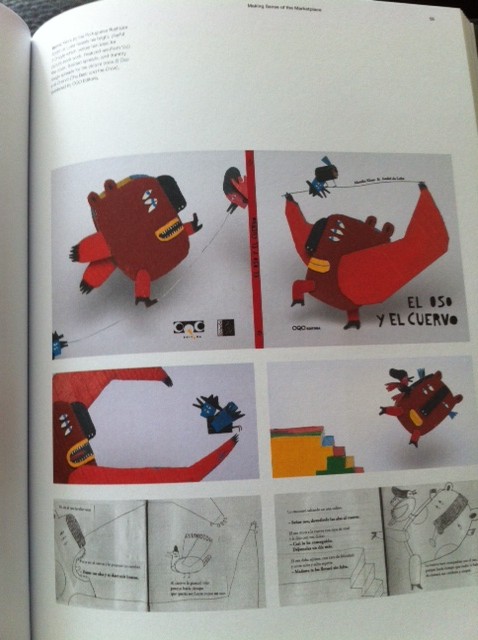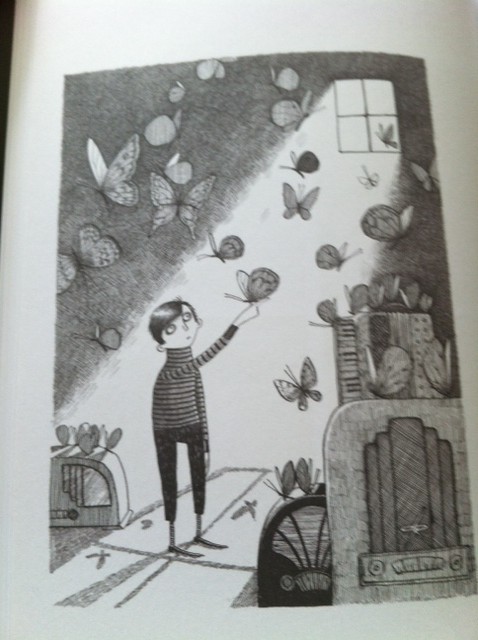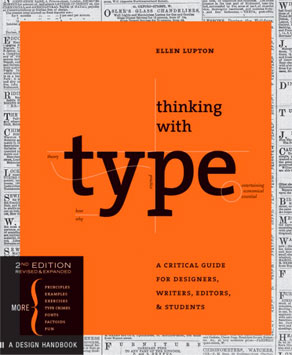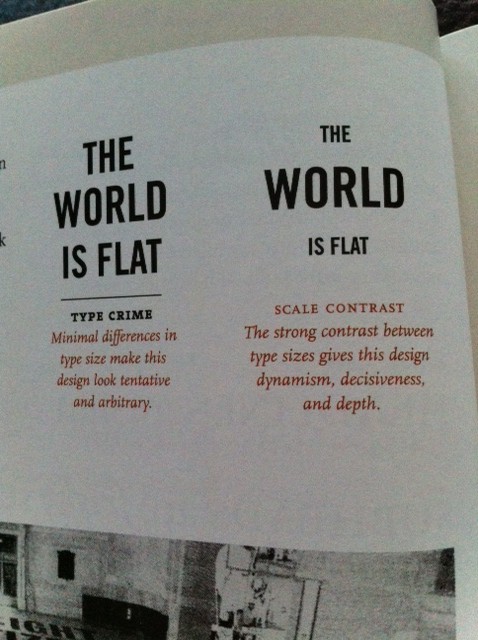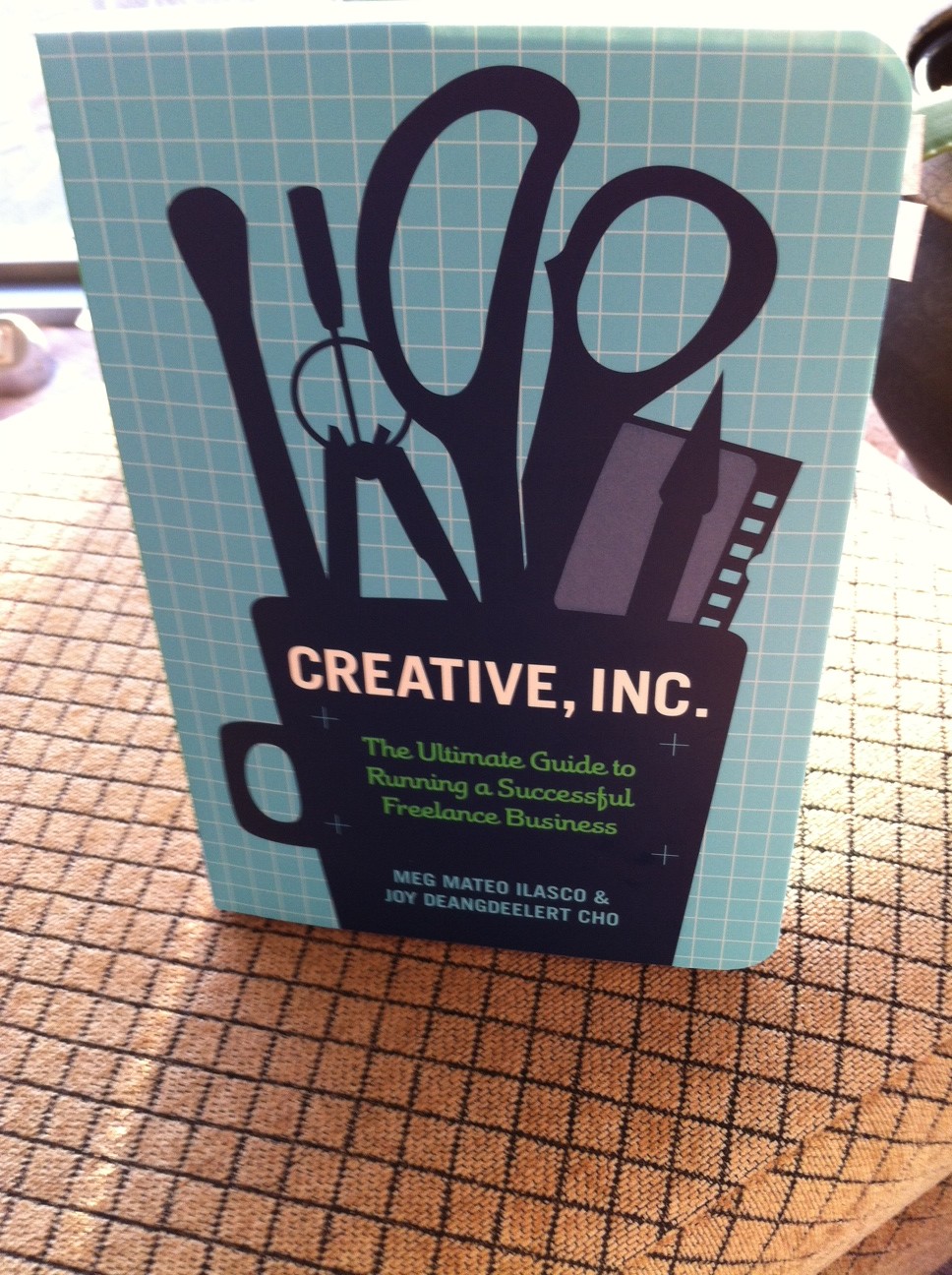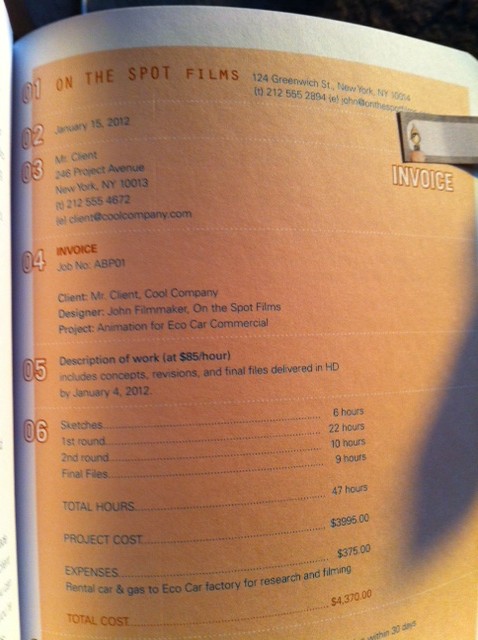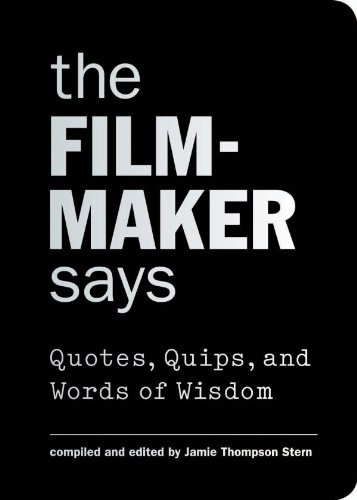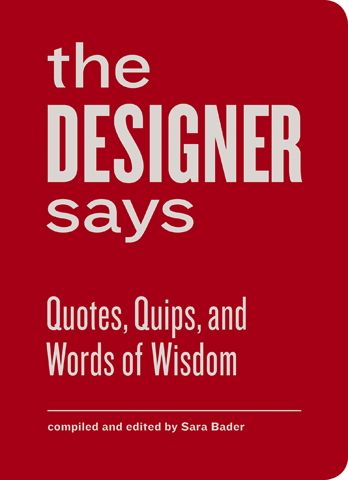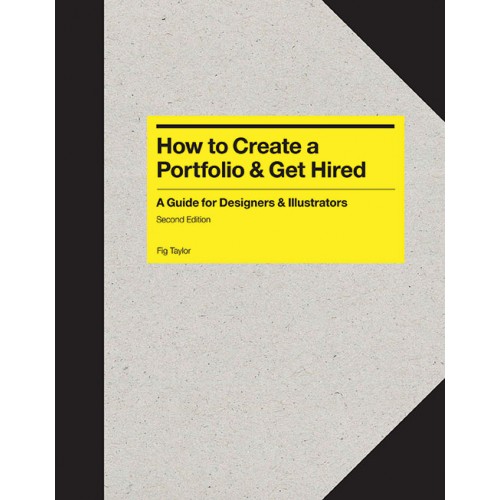 Just like storytelling is important for brands, it is equally as important for creating your portfolio. The second edition of How to Create a Portfolio and Get Hired is a guide for graphic designers and illustrators. Discover how to put together a successful professional digital or print portfolio. Learn how to effectively organize and display your work, so that you tell the story of you.
Just like storytelling is important for brands, it is equally as important for creating your portfolio. The second edition of How to Create a Portfolio and Get Hired is a guide for graphic designers and illustrators. Discover how to put together a successful professional digital or print portfolio. Learn how to effectively organize and display your work, so that you tell the story of you.
This is not a book that’s overly preoccupied with style. As author Fig Taylor says,
“The world is full of coffee-table tomes that wax lyrical about the stylishness of contemporary design and illustration; this is, first and foremost, a book that’s concerned with content.”
It is also a book about transition: the groundwork you need to lay in order to establish yourself in a chosen career.
The book is beautifully laid out. There are numerous Illustrative examples on how to put a portfolio together, in addition to, an overview of the range of options available to you. Quotes from key players offer soundbites of good advice. It includes information on research and cold-calling; good interview and presentation techniques.
“Those who phone have 95% done their homework.
Those who email are 75% relevant.
Post is worst; at least 60% is inappropriate.”
~ Martin Colyer, Art Director, Reader’s Digest

